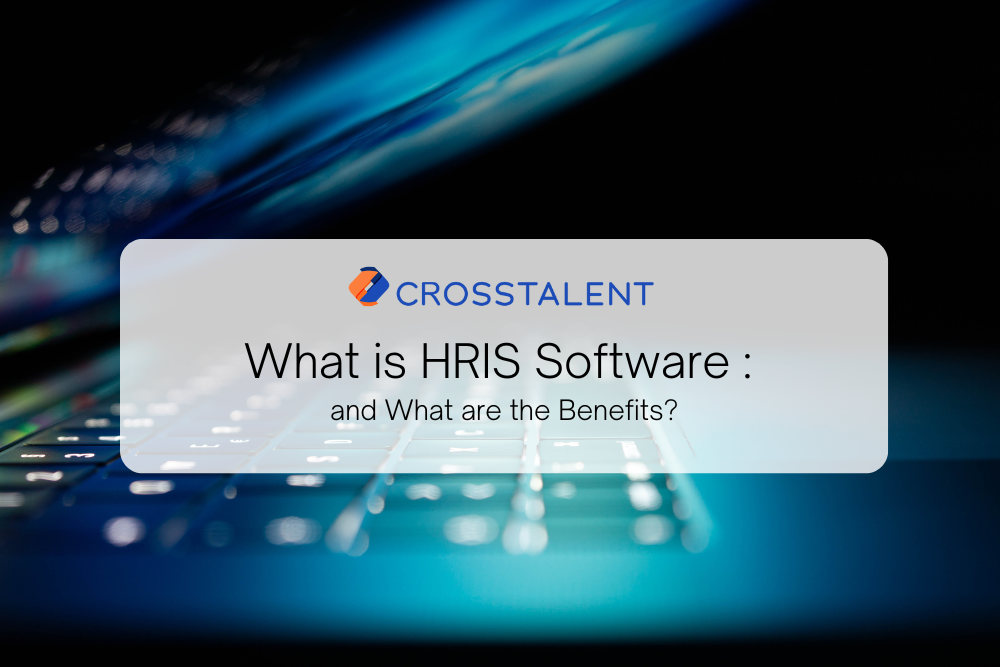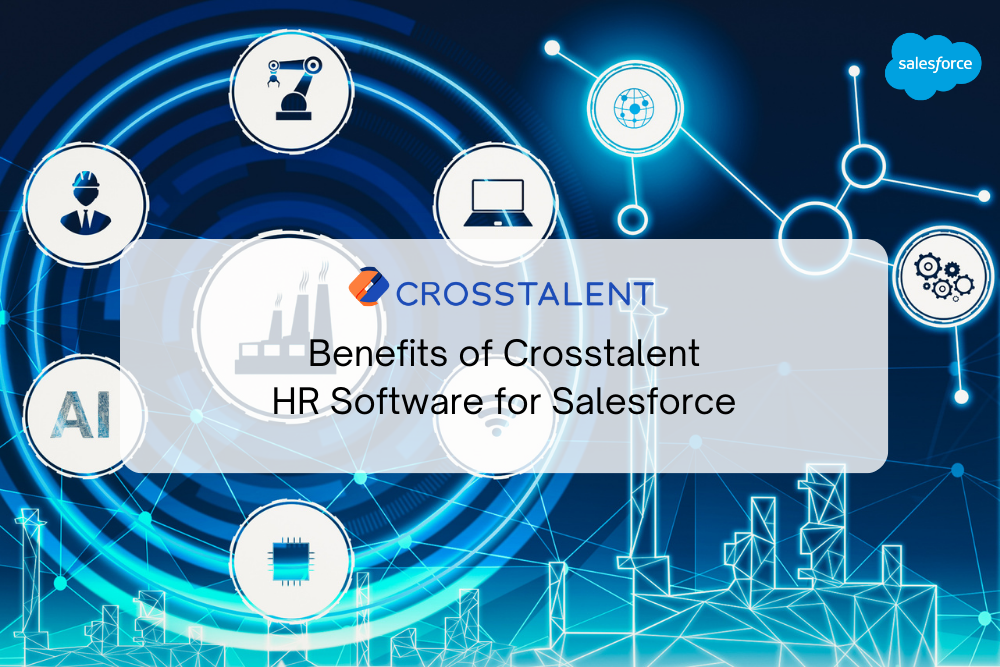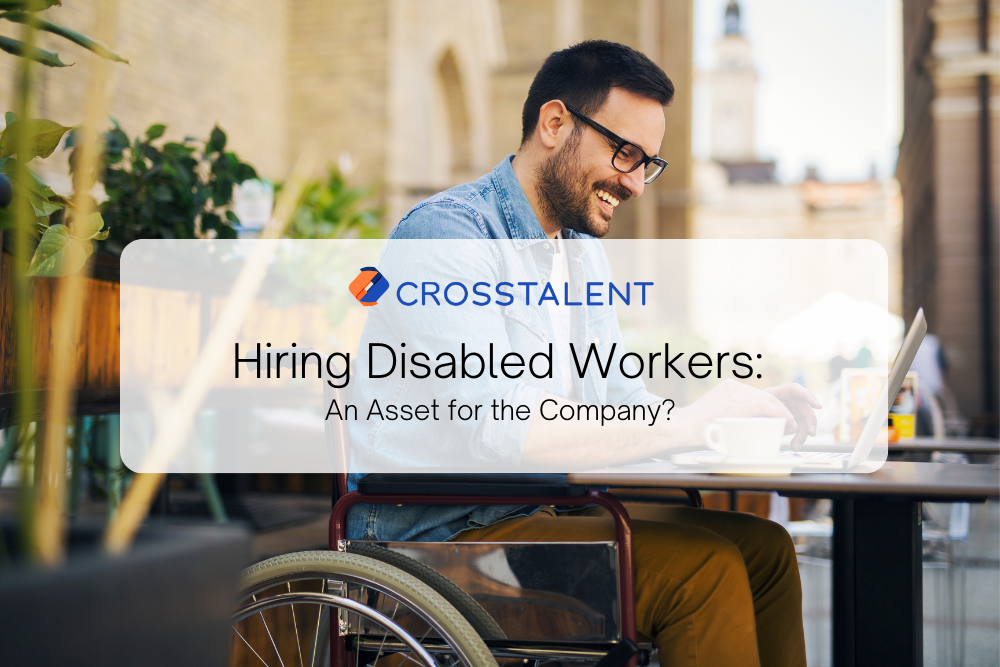HRIS stands for Human Resources Information System. It comprises several building blocks that automate all or part of the HR process tasks, depending on the level of digitalization you wish to achieve. Put simply, it’s a modular-based tool for small and medium-sized enterprises (SMEs) and large corporations alike. Recently, HRIS systems are appealing to fast-growing start-ups too.
But what is the purpose of HR software (or HRIS)?
What does it include, what are its advantages, and how do you choose the right one?
In this article, we attempt to answer these questions in simple terms.
What are the Functionalities of HR Software?
An HRIS consists of 4 main modules: payroll, time and activity management, recruitment, and talent management. Let’s take a look at each of these modules:
1. Payroll
Payroll is probably the most complex module in an HRIS, as regulations are constantly evolving. It can be integrated directly into the HRIS system or be a separate software application connected via an interface (WebServices or flat files) to your HRIS software.
A payroll module will include payroll management and also:
- Management of social benefits (health insurance, retirement, industrial accidents, etc.)
- Calculation of employer and employee contributions
- Collective bargaining agreement
2. Time and Activity Management (TAM)
TAM includes all administrative management of your employees, namely:
- Tracking of working hours and overtime
- Monitoring of absences, sick days, and vacations
- Workforce scheduling
- Expense reports (labor costs and capacity)
- Time and attendance log reports
Learn how Crosstalent’s time and attendance solution can give you accurate employee attendance reports and seamless payroll management.
3. Recruitment
Recruitment can be an important part of the HR department’s work. The process can be long and, let’s face it, tedious. HR software supports you throughout the recruitment process, from the recruitment request (by the manager or HR or other people) to the advertisement posting and onboarding of future employees.
An HRIS recruitment module will also enable you to distribute job offers internally (job exchange) so that your employees can apply directly online. Additionally, you can use multi-posting solutions to post job offers on external job market platforms, such as Indeed and Glassdoor.
Once you’ve shared the job offers, the HR Recruitment solution will enable you to track applications, manage interviews, and ensure the new talent finishes their onboarding phase in time.
Some HR software offers “future hires” profiles, enabling them to log on to the platform and enter their personal data, education, etc. This profile is then transformed into an “employee profile,” where all data is stored. There are no more double entries and no more errors. The personal file is guaranteed to be complete.
Learn how Crosstalent’s Recruitment solution can increase the efficiency of your recruitment efforts.
4. Talent Management
Once recruitment has been completed, the HR department’s job is to keep track of employees’ careers, and Crosstanet’s Talent Management module is just what you need!
This module will enable you to:
- Schedule annual and other employee performance reviews/feedback and carry them out online
- Keep track of training requests and requirements and their completion, such as so-called “enabling” or “refresher” training
- Track internal mobility requests
- Manage the distribution and gaps in employee skills (talent review)
Learn how Crosstalent’s Talent Management solution helps you attract new talent, nurture existing resources, and retain top performers through engagement.
How to Choose the Right HR Software?
Before choosing your HRIS software, you need to ask yourself these questions:
- Does my company need it?
- If so, does it need all the modules or just some of them?
- What budget is available for implementation? What about the annual subscription?
- What’s the deadline for implementation?
Drawing up the HRIS Specifications
The specification is the reference document for your project. It plays a vital role in ensuring that all those involved in the project understand each other. It will enable you to list your precise needs, expectations, specifications, and requirements. Therefore, it will answer the questions listed above. The specifications must describe the functionalities the HR software will have to fulfill.
The specifications will also enable you to map out all your HR processes and, thus, potentially pinpoint any weaknesses.
The specification can be broken down into eight distinct stages to ensure its success:
- Context: company profile, challenges, and needs
- Buy-in: get the company’s management on board.
- Governance: as with any project, you need a pilot and a crew. From the outset, you need to define who does what.
- The problem: why do you need an HRIS, and why now? Did you already have HR software, but it no longer suits you? What’s no longer working for you? Or are you growing fast and need to professionalize and automate your HR department?
- Needs: do you need all or just specific modules? Be clear so the chosen HRIS software meets your needs 100%.
- Technical constraints: do you already have a program (e.g., payroll) that you want to keep? Additional modules must be able to connect to the existing system.
- Budget: define your implementation budget and the annual budget allocated to your HRIS software.
- Deadline: do you want the new HR software to be operational at the start of your fiscal year?
HRIS Software Types
There are two main categories of HRIS software on the market today: on-premise and SaaS-based.
On-Premise
On-premise refers to software installed directly on the company’s computers. The company pays a license fee, just as it would for traditional software. The disadvantage of this solution is that you have to manage maintenance and store all data internally. This category is rapidly disappearing.
SaaS-based HR Software
SaaS (Service As A Service) software is becoming increasingly widespread. It is accessible online and not installed on company computers. The software publisher outsources and manages maintenance, infrastructure, and updates, so the company only pays for what it uses. With SaaS, HRIS software costs are fixed, and installation is quicker.
When a company opts for SaaS-based HR software, it must consider where to store its data: on its own server or in the cloud, which enables unlimited online information storage.
What Are the Benefits of HR Applications?
What are the advantages of adopting HRIS software? At Crosstalent, we see four main benefits for the HR team and employees.
1. Task Automation
Certain tasks, such as scheduling or absence management, can be time-consuming. HRIS software enables you to automate these tasks, allowing you to concentrate on higher value-added tasks such as training management.
2. Increased HR Task Efficiency
Thanks to a 360° view of employee data and information, HRIS software enables HR departments, and managers to manage teams and schedules, and anticipate recruitment needs, among other HR activities.
3. Improved career management
HRIS software goes beyond data storage; it empowers you with a holistic view of your workforce. Through insightful dashboards and reports, you can monitor key HR metrics (KPIs) like absenteeism rates, training participation, and even gender pay gaps. This real-time visibility allows you to:
- Ensure compliance: easily identify any areas where your company practices might fall short of regulations.
- Make data-driven decisions: with relevant data at your fingertips, you can make informed choices to optimize HR processes and achieve strategic goals.
Another powerful benefit of HRIS software is simplified employee career tracking. Manually managing employee development can be cumbersome. HRIS centralizes all employee data, making it effortless to monitor career paths, identify training needs, and foster a culture of continuous learning and growth.
4. Foster Employee Self-Service Culture
HR software frees up valuable HR resources by empowering employees to manage their own time, training, and career development. Here’s how:
- A centralized hub for employee needs: Employees gain control of their professional development. They can easily track their career paths, explore and enroll in relevant training opportunities, and access their leave balances and expense reports – all in one user-friendly platform.
- Streamlined leave management: Submitting leave requests and managing leave balances becomes effortless, saving both employees and HR valuable time.
- Internal mobility made easy: Employees seeking career advancement can discover available job openings within the company and directly apply through the HR software.
- Simplified life changes: HR software allows employees to update their personal information (marital status, dependents, etc.) seamlessly within the application, eliminating unnecessary paperwork and administrative hassles.
By empowering employees to manage their own time, training, and career development, HR software frees up valuable HR resources. This allows HR professionals to focus on more strategic initiatives and fosters a culture of ownership and efficiency for the entire organization.
Supercharge Your HR Functions With Crosstalent’s HRIS Software
Feeling overwhelmed by manual HR tasks? Crosstalent offers a comprehensive solution to digitize your HR processes, free up valuable time, and unlock the full potential of your workforce.
Request a demo to find out more about Crosstalent’s HRIS software.


